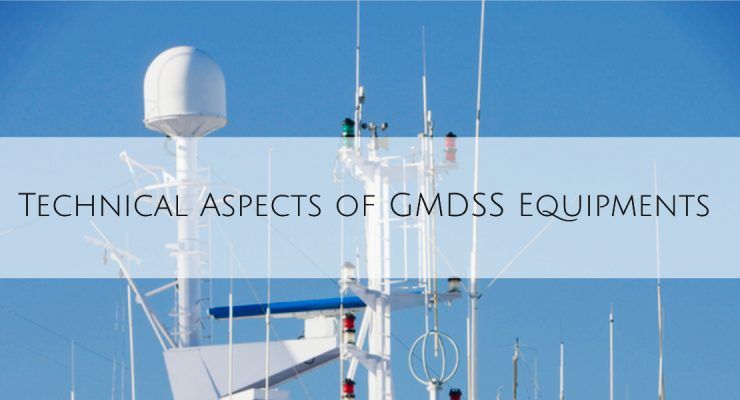GMDSS Radio Signals Radio signals are transmitted as electromagnetic radiation and occupy the frequency range 3 kHz ~ 300 GHz. The radiofrequency range is divided into a number of bands. In the GMDSS system both terrestrial and satellite methods of communications are interlocked in order to provide an extremely reliable scheme to alert rescue authorities in the event of a vessel being in distress.Frequencies in the MF, HF and VHF bands are used for terrestrial communications via Coast Radio Stations (CRS). Frequencies in the SHF bands are used for satellite communications. It's important … [Read more...]
